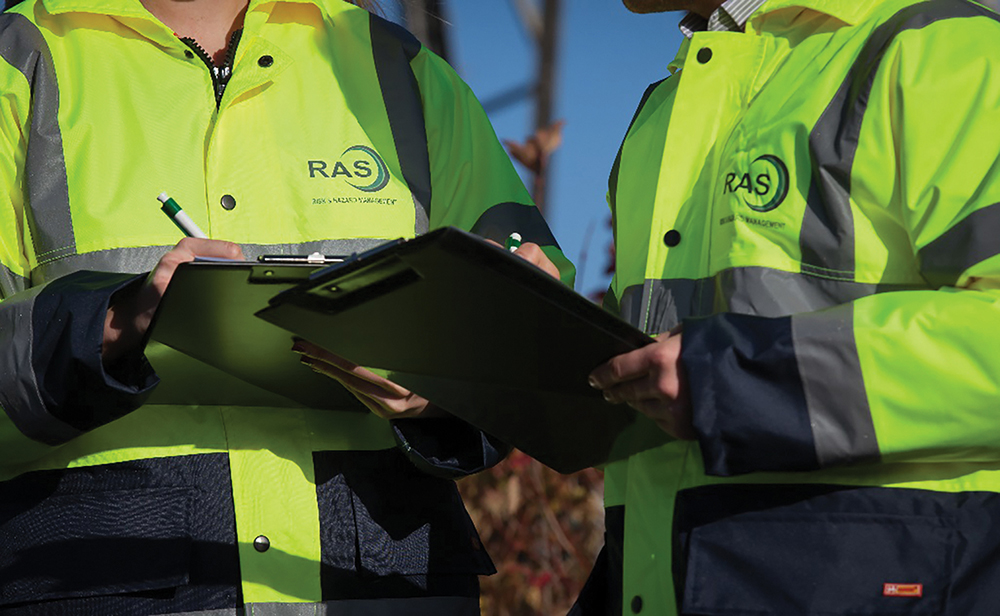In terms of regulatory focus for COMAH establishments, 2019 will be the year of leadership. In this article, we will explore what this really means for operators and how they can provide the demonstration that process safety leadership is a successful mechanism for major accident hazard management at their sites.
Time flies; it might seems like yesterday that process safety leadership was brought to the forefront by PSLG, but it was more than a decade ago. Ten years on, the COMAH Competent Authority (CA) want to ensure that these principles haven’t drifted. With a new delivery guide and planned interventions in the pipeline, it is time for COMAH operators to re-evaluate the influence their leaders have on major accident hazard management on their sites.
For many, the principles of leadership are already there, but how can we demonstrate this somewhat intangible concept to the regulator? It is worth going back to basics and revisiting the eight principles of process safety leadership, introduced by PSLG, and remembering a few key points:
Collaboration is key
The importance of sharing, both within the organisation and in the wider industry, is often overlooked. Externally, there is a lot to be learnt from the experience of other sites and incidents and considering how to implement those lessons onsite. Internally, everyone needs to understand the requirements and be on the same page for the principles to work.
Knowledge doesn’t equal competence
Operators need to ensure that at least one member of the Board has competence in process safety, to make sure that it is factored into big decisions. Making sure our leaders are aware of what process safety is and how it impacts on their site is just the beginning. For process safety leadership to be considered successful, leaders must understand at a deeper level how process safety should be integrated into decision making. Competence is the experience and ability to understand how all aspects of process safety link together, from identifying and assessing hazards, to managing the level of risk to ALARP (As Low As Reasonably Practicable) through technical measures and safety management system processes, right through to ensuring that emergency plans are robust enough if things were to go wrong. This enables the leaders to pinpoint priorities and understand the outcomes of their decisions.
Reporting doesn’t guarantee engagement
Most operators will report information about their establishments to the Board on a regular basis, but how much information is process safety vs profit and quality? Leaders must ensure that process safety is high on their agendas to demonstrate that they recognise the dependence of their business successes on safety. Furthermore, careful consideration should be given to the information provided. Are performance indicators still relevant to the establishment, or have they failed to evolve in line with changes in the risk profile?
Everyone is a leader
Yes, leadership traditionally refers to those at the top, and a great deal of successful process safety lies with ensuring that resources are in the right places, but we are all leaders when it comes to process safety management. Success relies on a healthy process safety culture, which can only be maintained when the majority of the workforce are engaged.
In 2019, robust process safety leadership is more important than ever. With impending regulatory and economic uncertainty, it is important not to let safety fall by the wayside, and continue to make this a key focus of resource allocation. The familiar adage ‘if you think process safety is expensive, try having an accident’ is true – having process safety at the heart of leadership makes good business sense.
Working with the Chemical Industries Association in partnership with ITN Productions, RAS have begun to make this a key focus for the year ahead in the programme Solutions for Our Future. Visit our website for more details.
Carolyn Nicholls
carolyn.nicholls@ras.ltd.uk
Jennifer Hill
jennifer.hill@ras.ltd.uk









